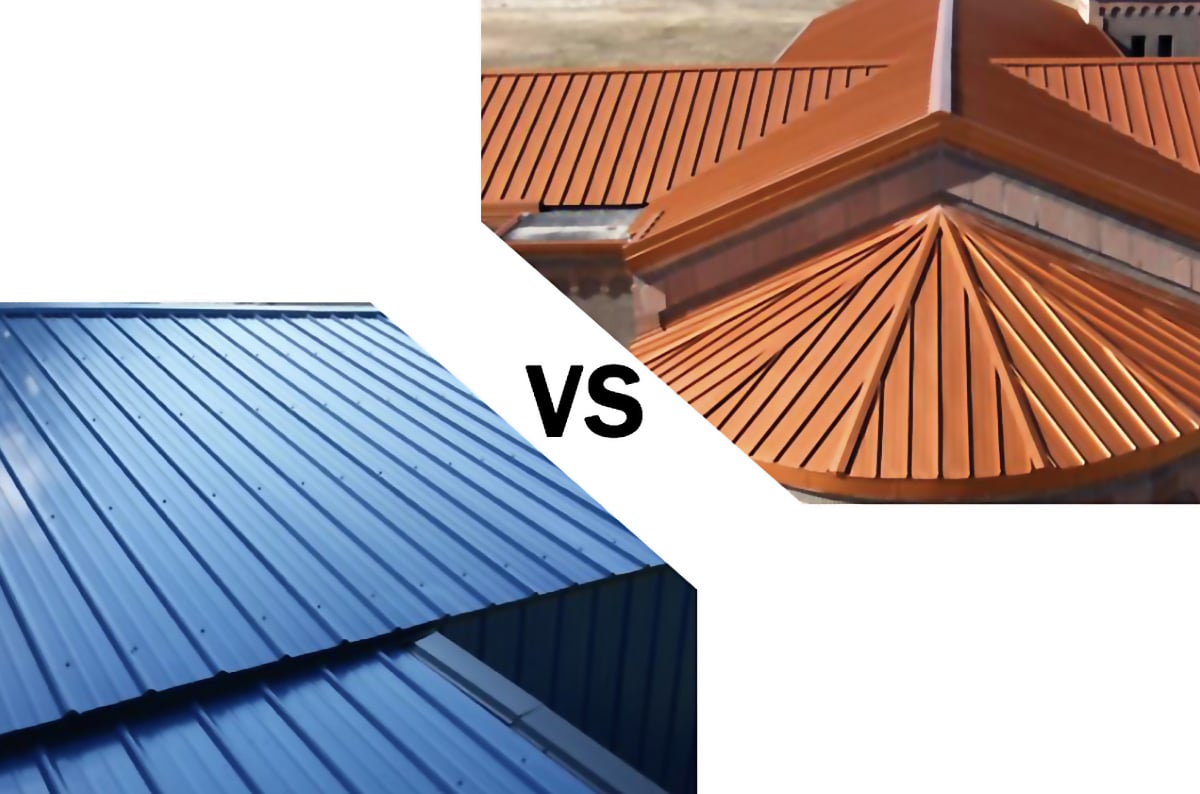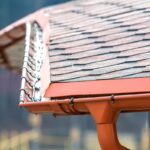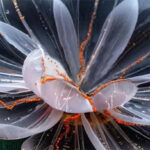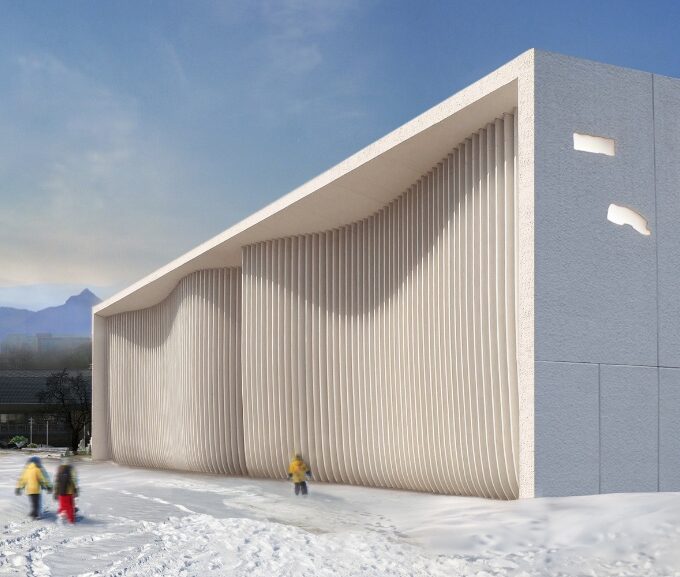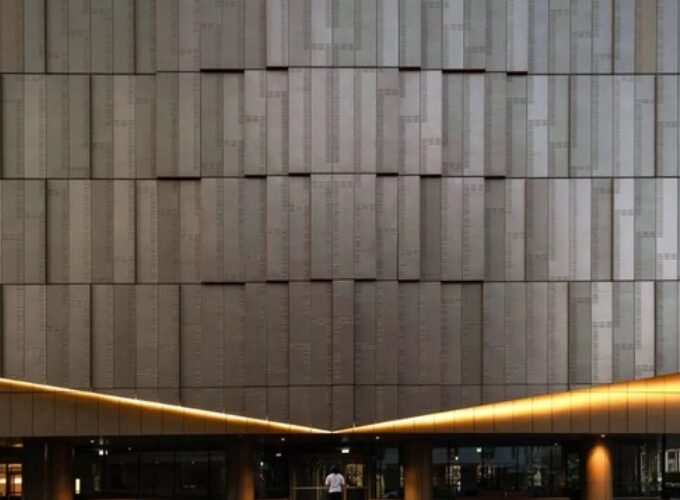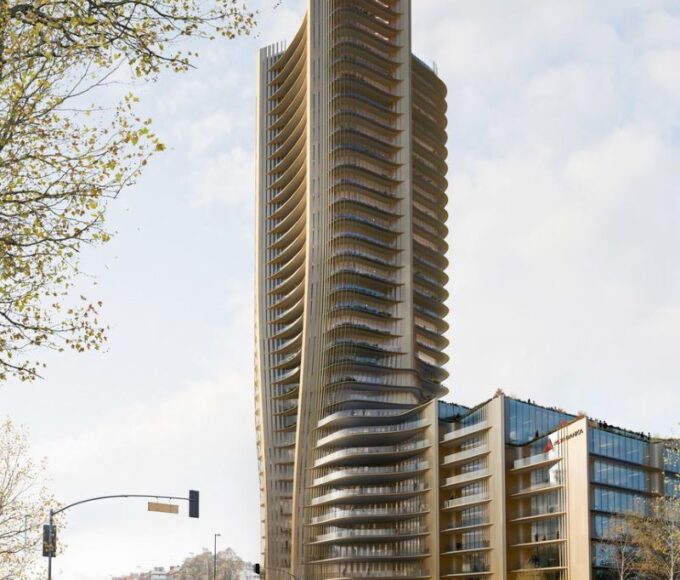Metal roofing and siding is about more than just the panels you choose. Fasteners, which are the hardware used to secure metal panels to the structure beneath them, are an integral part of any metal application, and it’s important to understand how to choose the right fasteners for your project.
Before reading any further, you can check out Exposed Vs. Concealed Fasteners, to learn more about the differences between the two types, the pros and cons, and which type is used by each panel profile. This LATEST news focuses on how to choose the right type of fastener after you’ve already decided on which panel you’re purchasing and the project it will be used for.
It’s also important to note that the terms “fasteners” and “screws” are used interchangeably throughout. When written, they’re referring to the same thing.
3 Questions to Ask Before Choosing Your Fastener
Does your panel use exposed or concealed fasteners?
What is your substrate material?
Are you using our Truten™ A606 finish?
Each of these questions have widely different answers based upon your chosen metal panel. Let’s break them down one-by-one.
If You Are Using Exposed Fasteners…
Once you’ve determined that your panels use exposed fasteners, you can then start choosing your fasteners based on your substrate material, desired finish, and whether your project is for roofing, siding, or trim. Let’s break it down.
If your substrate is wood, you’ll be using Metal-to-Wood screws. If you are using the Weathering Steel finish, you’ll use stainless steel screws. If you are using anything else, you’ll use Galvanized screws that will be painted to match your chosen color. The reason for this difference is because of the “ingredients” in our Truten™ A606 finish. Pairing Weathering Steel with Galvanized screws would actually lead to galvanic corrosion because they have different chemical makeups. The screws would actually end up “fighting” each other, making them pull away from one another. That’s why you must pair Truten™ A606 panels with stainless steel fasteners.
If your substrate is metal, you’ll be using Metal-to-Metal screws. The same will remain true for the finishes (Stainless Steel for A606 and Galvanized for everything else). The difference between Metal-to-Metal and Metal-to-Wood screws is how they are threaded and the tips. Wood screws are double threaded and have a flute tip, which is made to cut and stick into wood. Metal screws are self-tapping with a really flat thread in order to drill and stick into metal. That’s why the distinction between substrates and the type of screw you use is critical to your metal panel’s performance.
Once you’ve narrowed down your substrate and finish, the screw you’ll need is dependent upon whether your project is for roofing, siding, or trim. Let’s take a look at each individual exposed fastener panel profile, and which screw is most commonly used and recommended based on the application.
| Panel Profile | Recommended Fastener – Roofing | Recommended Fastener – Siding | Recommended Fastener – Trim |
| Tuff Rib | 14 – 10×1” | 14 – 10×1” | 10 – 15×1.5” – ExposedK-Lath 10×1” – Concealed |
| Delta Rib | 14 – 10×1” | 14 – 10×1” | 10 – 15×1.5” – ExposedK-Lath 10×1” – Concealed |
| Platte River | Not recommended for roofing | 14 – 10×1” | 10 – 15×1” – ExposedK-Lath 10×1” – Concealed |
| Purlin Bearing Rib | 14 – 10×1” | 14 – 10×1” | 10 – 15×2” – ExposedK-Lath 10×1” – Concealed |
| Valley Rib | 14 – 10×1” | 14 – 10×1” | 10 – 15×2” – ExposedK-Lath 10×1” – Concealed |
| 7.2 Structural | 14 – 10×1” | 14 – 10×1” | 10 – 15×2” – ExposedK-Lath 10×1” – Concealed |
| ¾” Corrugated | 14 – 10×2” | 14 – 10×1” | 10 – 15×1.5” – ExposedK-Lath 10×1” – Concealed |
| ¼” Corrugated | Not recommended for roofing | 14 – 15×1” | 10 – 15×1” – ExposedK-Lath 10×1” – Concealed |
| ½” Corrugated | Not recommended for roofing | 14 – 15×1” | 10 – 15×1” – ExposedK-Lath 10×1” – Concealed |
| ⅞” Corrugated | 14 – 10×2” | 14 – 10×1” | 10 – 15×2” – ExposedK-Lath 10×1” – Concealed |
It’s important to note that each of these screws are simply a recommendation based off of the most commonly used screws with that specific panel. Your project will always have its own unique set of needs, which could affect the fastener you need. Always consult a Product Specialist before purchasing your fasteners in order to save time and avoid purchasing the wrong things.
If You Are Using Concealed Fasteners…
Once you’ve determined that you’re using metal panels with a concealed fastener system, you’ll need to answer the same two questions: what’s your substrate material and are you using the Truten™ A606 finish on your panels.
Again, if your substrate is wood, you’ll need Metal-to-Wood screws to complete your project. If your substrate is metal, you’ll need Metal-to-Metal screws to complete installation. The reasoning behind the different material screws also remains true for concealed fastener systems (the two are very different in their threading and tips in order to cut and stick into the respective material).
The same remains true about choosing galvanized metal or stainless steel for your fasteners. If you’re finishing your panels with Weathering Steel, you’ll need stainless steel screws in order to avoid galvanic corrosion, which pushes Truten™ A606 panels away from galvanized screws. If you’re finishing your panels with anything else, galvanized screws are the correct fastener to use.
Once you’ve determined the substrate material and finish of your fasteners for your concealed fastener panels, the screws you’ll need depend on whether or not your panels use a clip system. Concealed fastener panels can either be clipped-to-deck or direct-to-deck, meaning they use a clip system or do not. This difference affects which kind of fasteners you’ll likely be using. Here’s a chart with general recommendations based on the most commonly used screws for each concealed fastener panel.
| Panel Profile | Recommended Fastener – Roofing | Recommended Fastener – Siding | Recommended Fastener – Trim |
| 1” Nail Strip | K-Lath 10×1” | K-Lath 10×1” | Rivets – Exposed K-Lath 10×1” – Concealed |
| ½” Nail Strip | K-Lath 10×1” | K-Lath 10×1” | Rivets – Exposed K-Lath 10×1” – Concealed |
| 1” Tru Snap | Clip + Pancake 10-12×1.125” | Clip + Pancake 10-12×1.125” | Rivets – Exposed K-Lath 10×1” – Concealed |
| ½” Tru Snap | Clip + Pancake 10-12×1.125” | Clip + Pancake 10-12×1.125” | Rivets – Exposed K-Lath 10×1” – Concealed |
| ¾” Tru Snap | Clip + Pancake 10-12×1.125” | Clip + Pancake 10-12×1.125” | Rivets – Exposed K-Lath 10×1” – Concealed |
| 1” Mechanical Lock | Clip + Pancake 10-12×1.125” | Not recommended for siding | Rivets – Exposed K-Lath 10×1” – Concealed |
| ½” Mechanical Lock | Clip + Pancake 10-12×1.125” | Not recommended for siding | Rivets – Exposed K-Lath 10×1” – Concealed |
| 2” Mechanical Lock | Clip + Pancake 10-12×1.125” | Not recommended for siding | Rivets – Exposed K-Lath 10×1” – Concealed |
| 3” Trapezoidal Lock | Clip + Pancake 10-12×1.125” | Not recommended for siding | Rivets – Exposed K-Lath 10×1” – Concealed |
| Ultra Batten | Not recommended for roofing | 14-10×1” | Rivets – Exposed K-Lath 10×1” – Concealed |
| Snap Batten | Clip + Pancake 10-12×1.125” | Clip + Pancake 10-12×1.125” | Rivets – Exposed K-Lath 10×1” – Concealed |
| Flush Soffit | Not recommended for roofing | K-Lath 10×1” | Rivets – Exposed K-Lath 10×1” – Concealed |
| Shiplap Wall | Not recommended for roofing | K-Lath 10×1” | Rivets – Exposed K-Lath 10×1” – Concealed |
| V-Soffit | Not recommended for roofing | K-Lath 10×1” | Rivets – Exposed K-Lath 10×1” – Concealed |
| V-Groove Wall | Not recommended for roofing | K-Lath 10×1” | Rivets – Exposed K-Lath 10×1” – Concealed |
| Colonial Dutch Lap Siding | Not recommended for roofing | Clip + Pancake 10-12×1.125” | Rivets – Exposed K-Lath 10×1” – Concealed |
| Double Dutch Lap Siding | Not recommended for roofing | Clip + Pancake 10-12×1.125” | Rivets – Exposed K-Lath 10×1” – Concealed |
| Double Lap Siding | Not recommended for roofing | Clip + Pancake 10-12×1.125” | Rivets – Exposed K-Lath 10×1” – Concealed |
These recommendations are based on the most commonly used fasteners with their specific panel. It’s critical to remember that your project could be very different and need another type of screw. You should always talk with a Product Specialist about your project before purchasing fasteners in case your project’s needs require a different type of screw.
Final Thoughts on How to Choose Your Fasteners
Ensuring you choose the correct fasteners for your panels and project is crucial to the longevity and performance of your final installed product. Whether you’re installing metal roofing, siding, or trim, the fasteners you use matter a lot more than you realize.
Always consider the specific requirements of your project, including the substrate material, panel profile, and environmental conditions. For instance, coastal areas may require fasteners with enhanced corrosion resistance, while high-wind areas might need fasteners designed for greater holding strength.
Additionally, thoroughly reading through your product’s installation guide is essential before starting the installation process. This guide will provide valuable information on the recommended fasteners and installation techniques for your specific panels.


